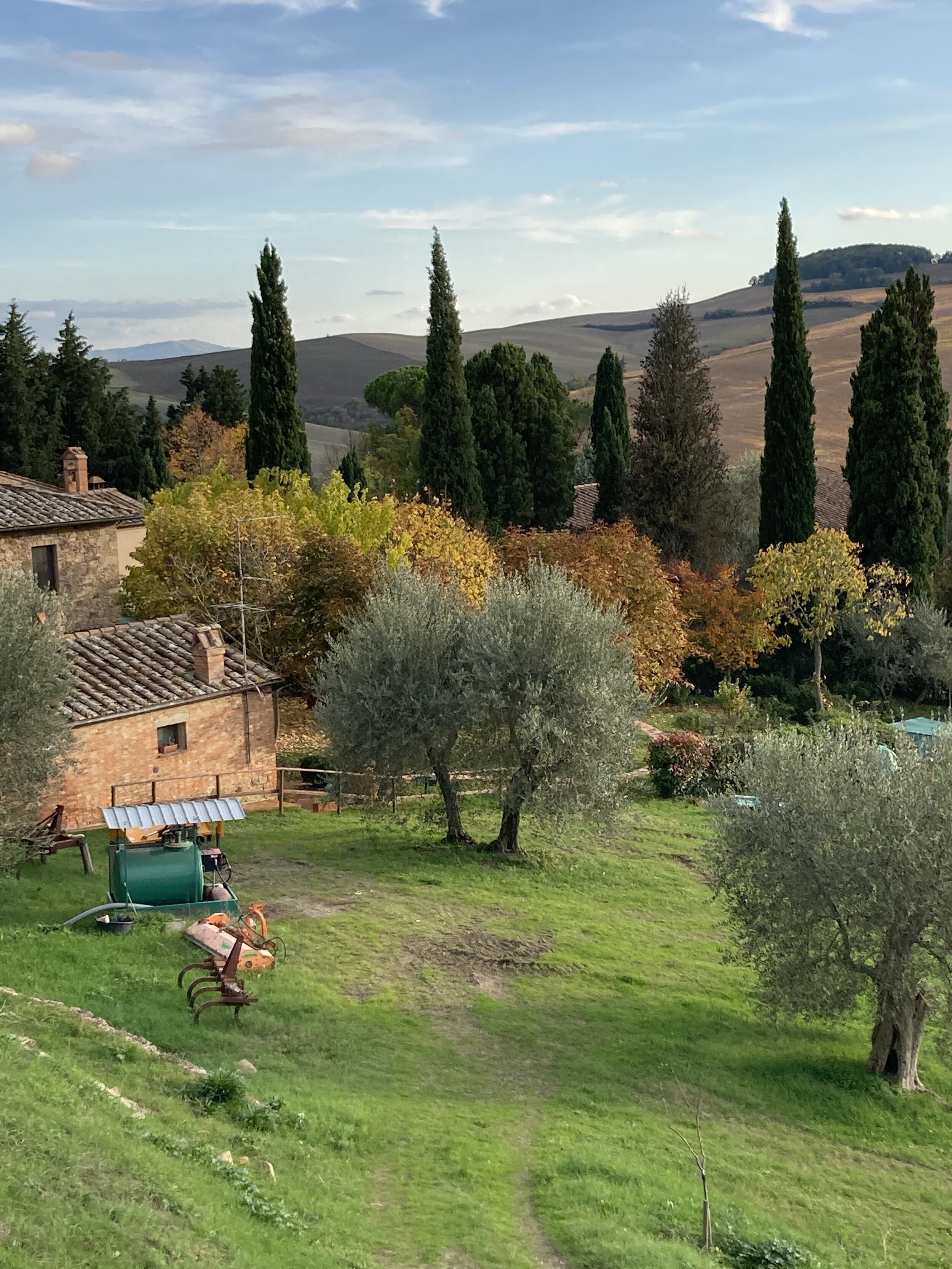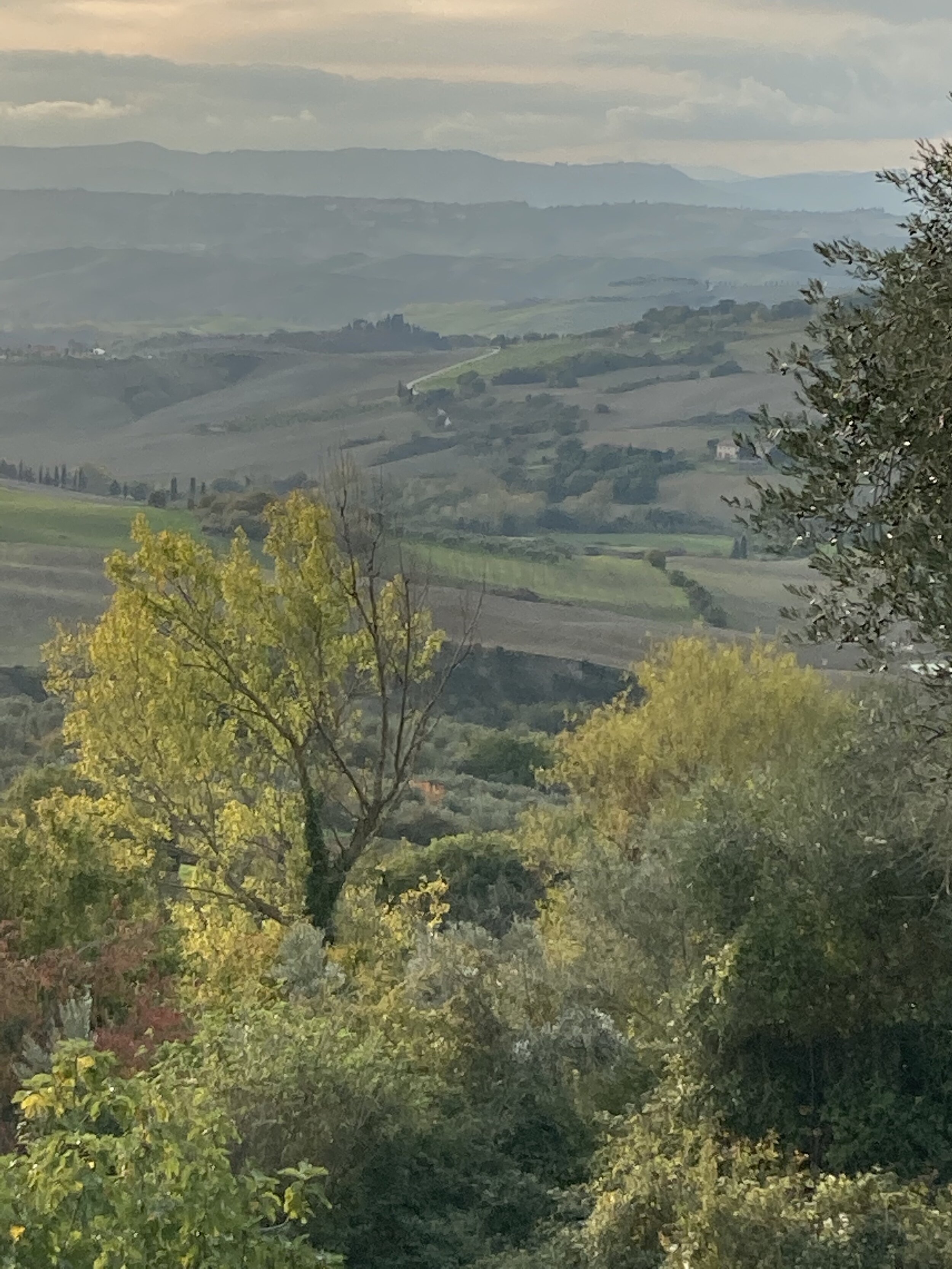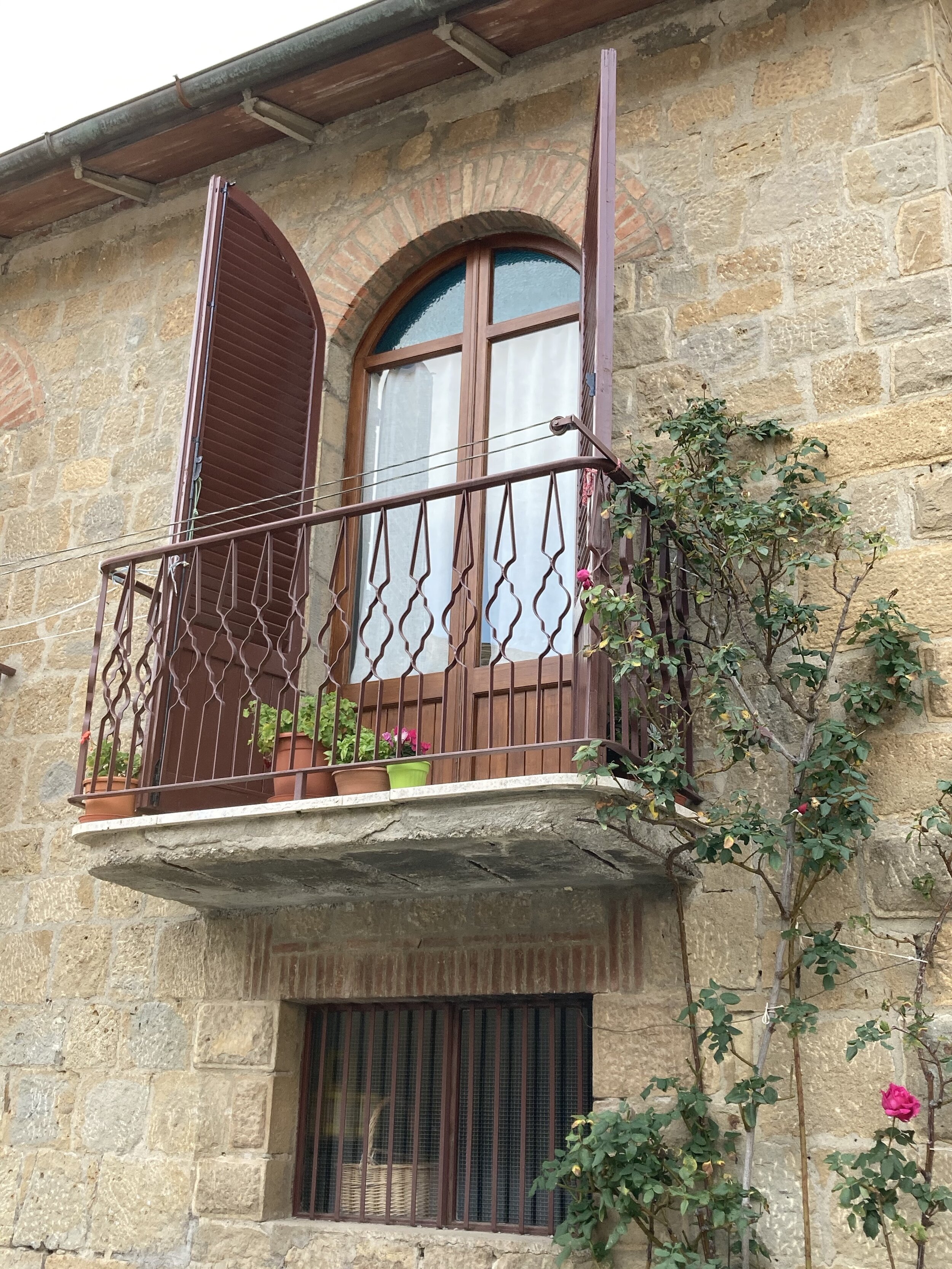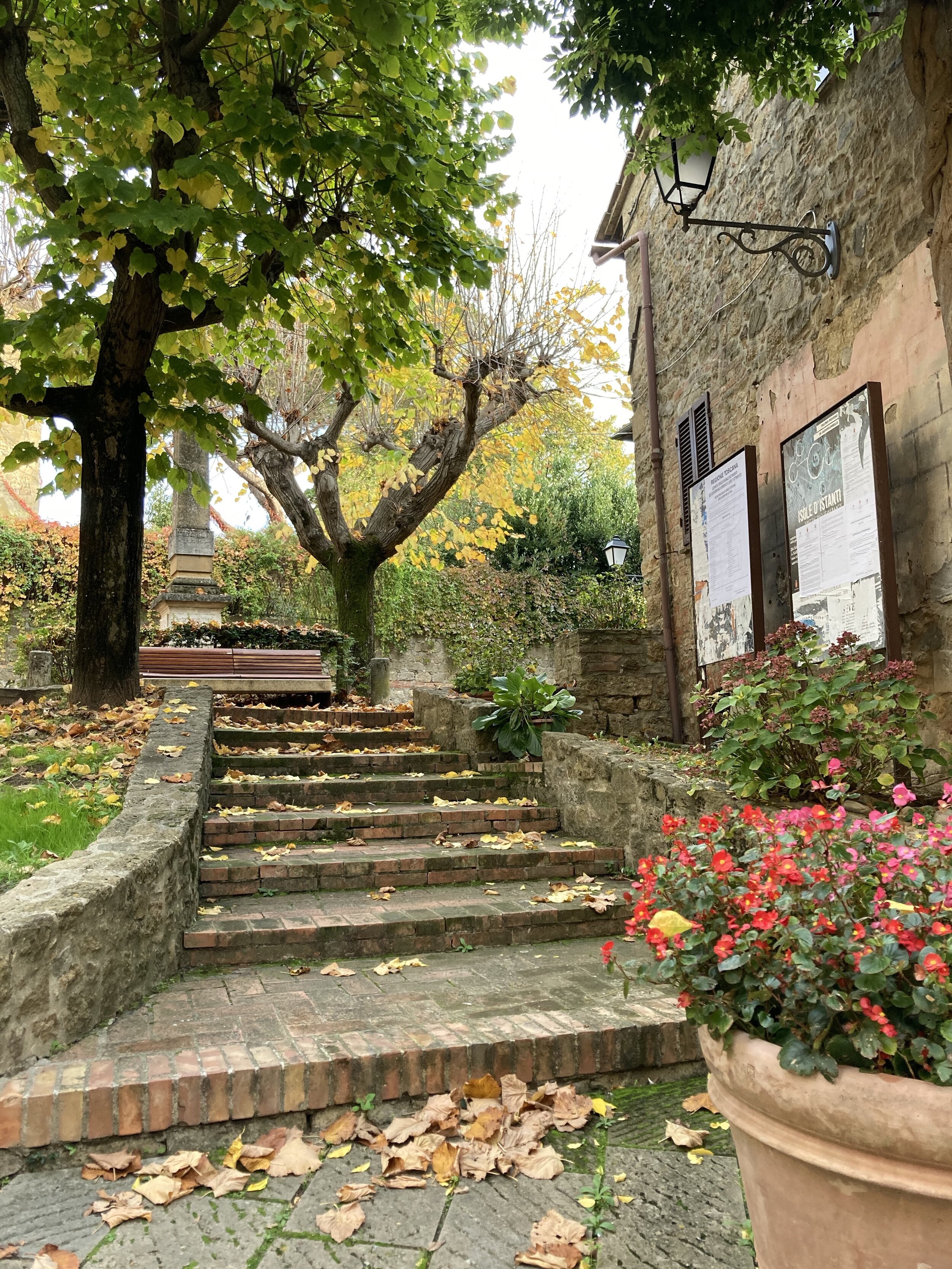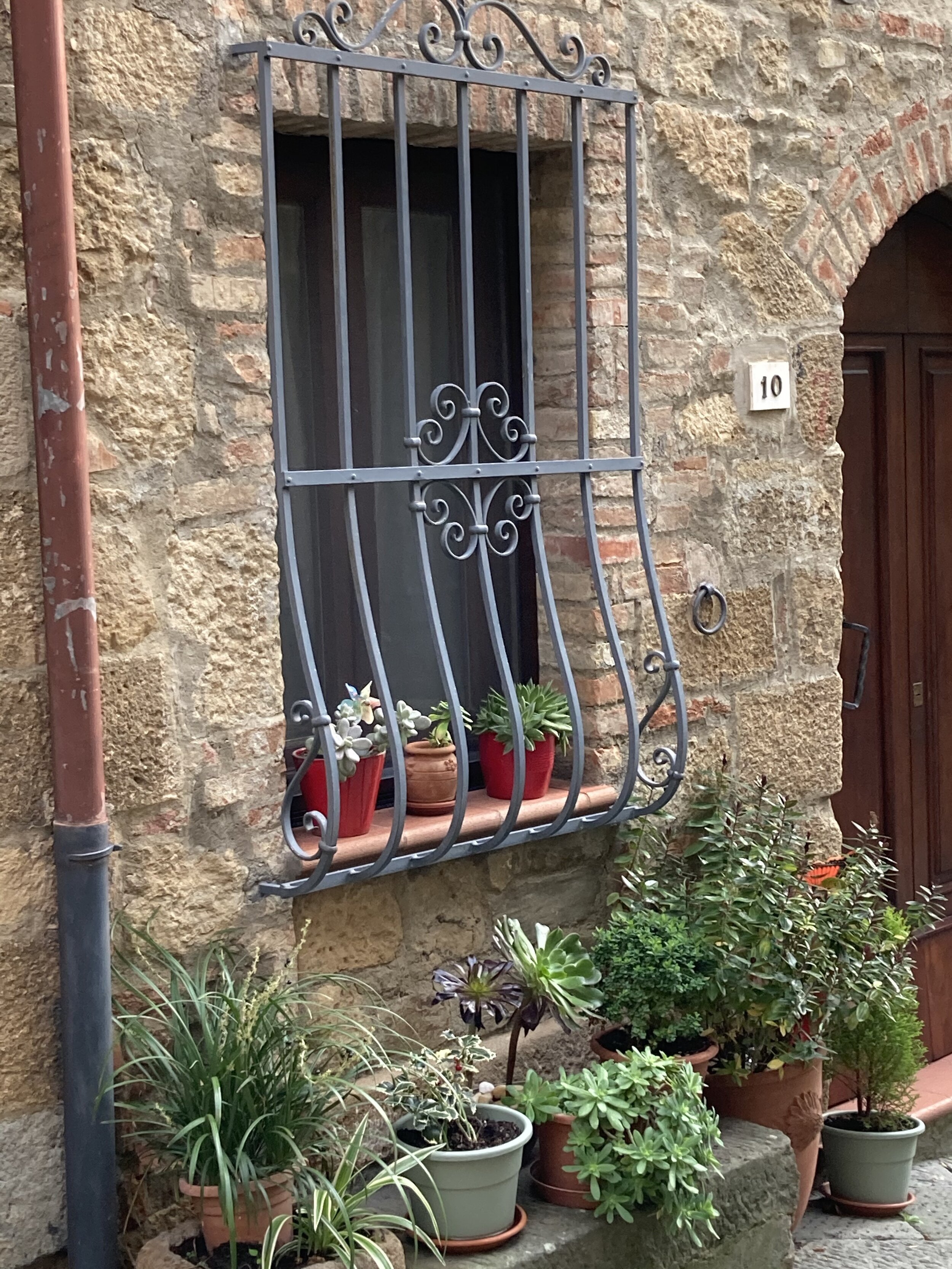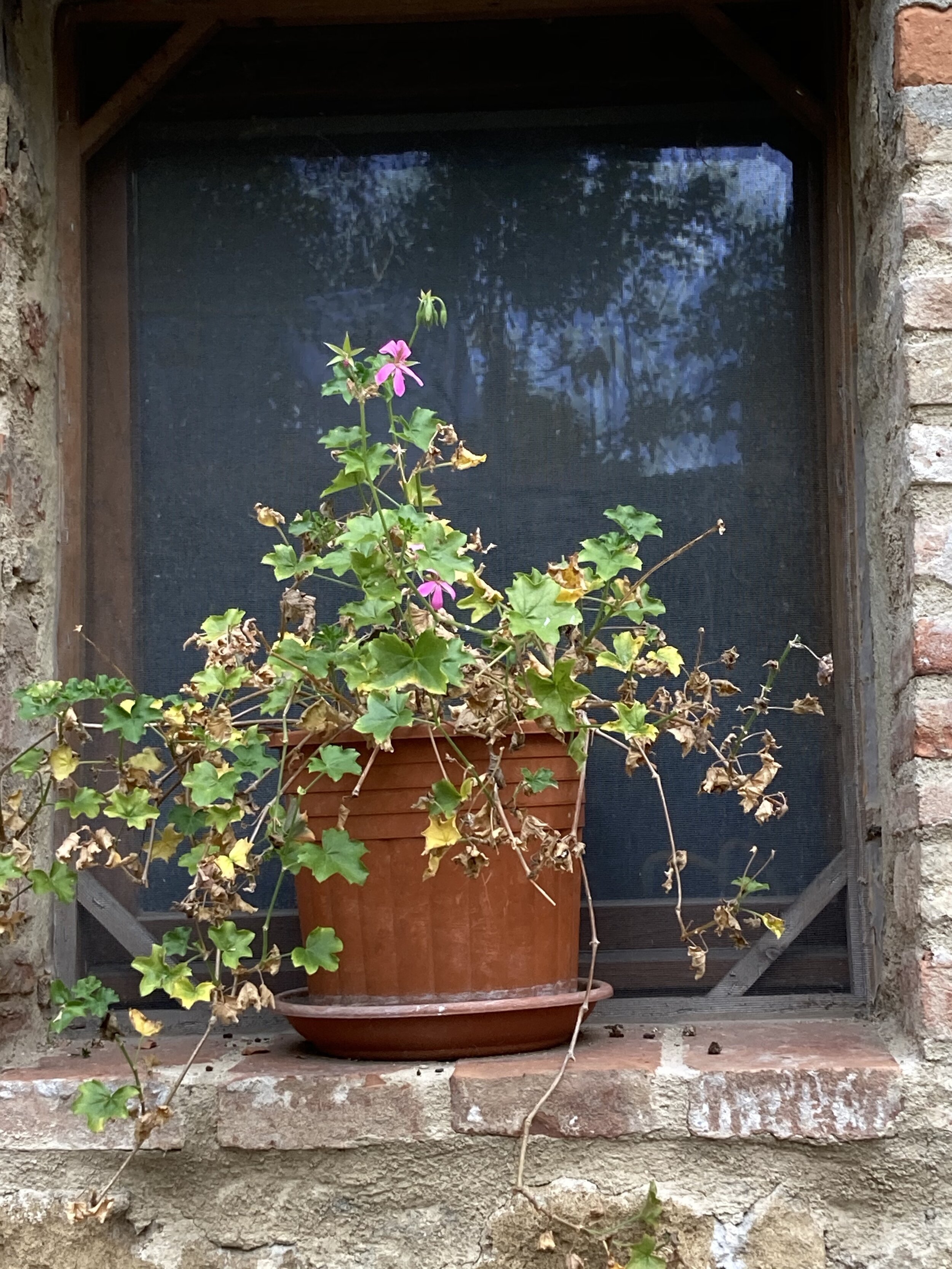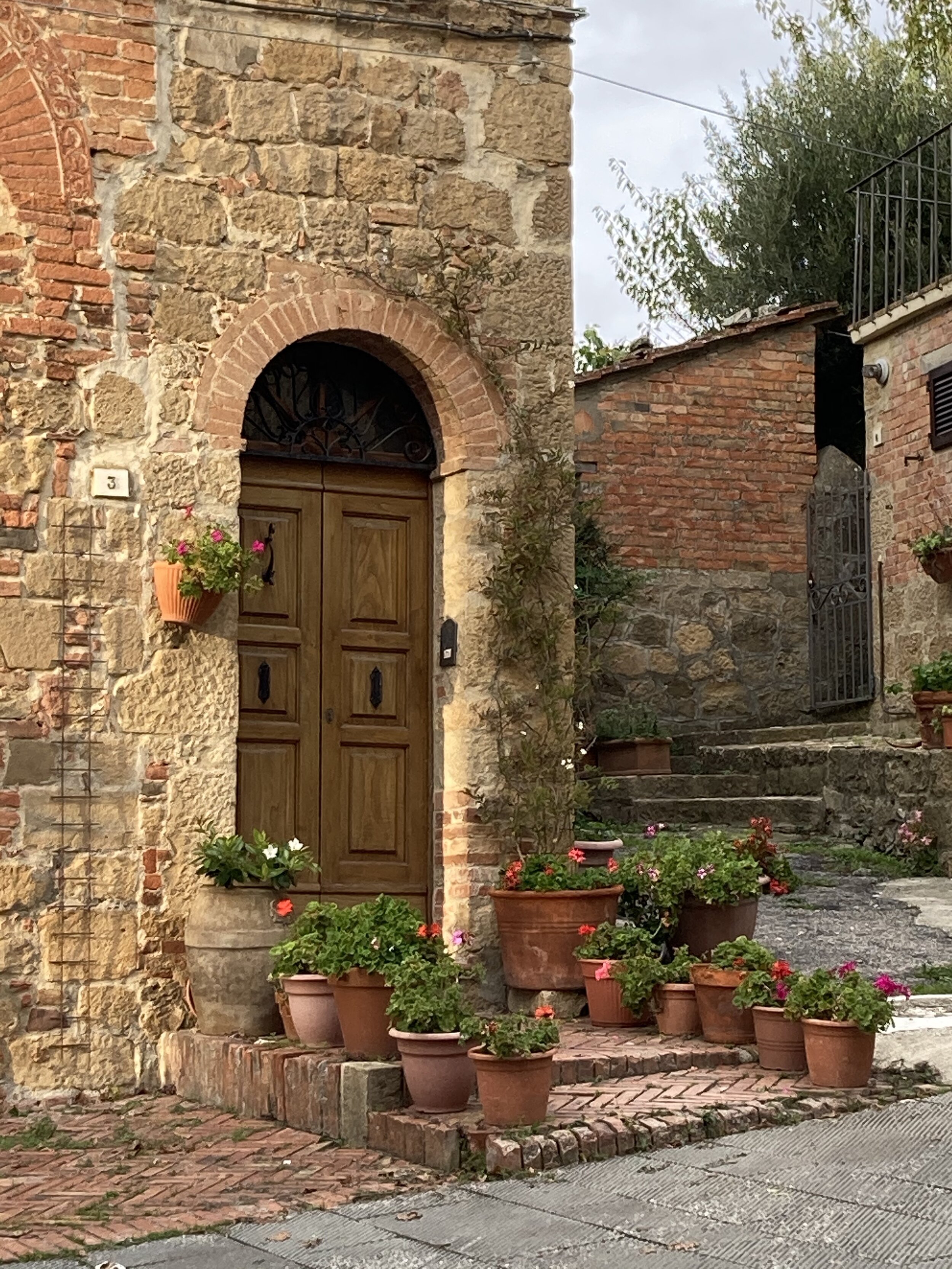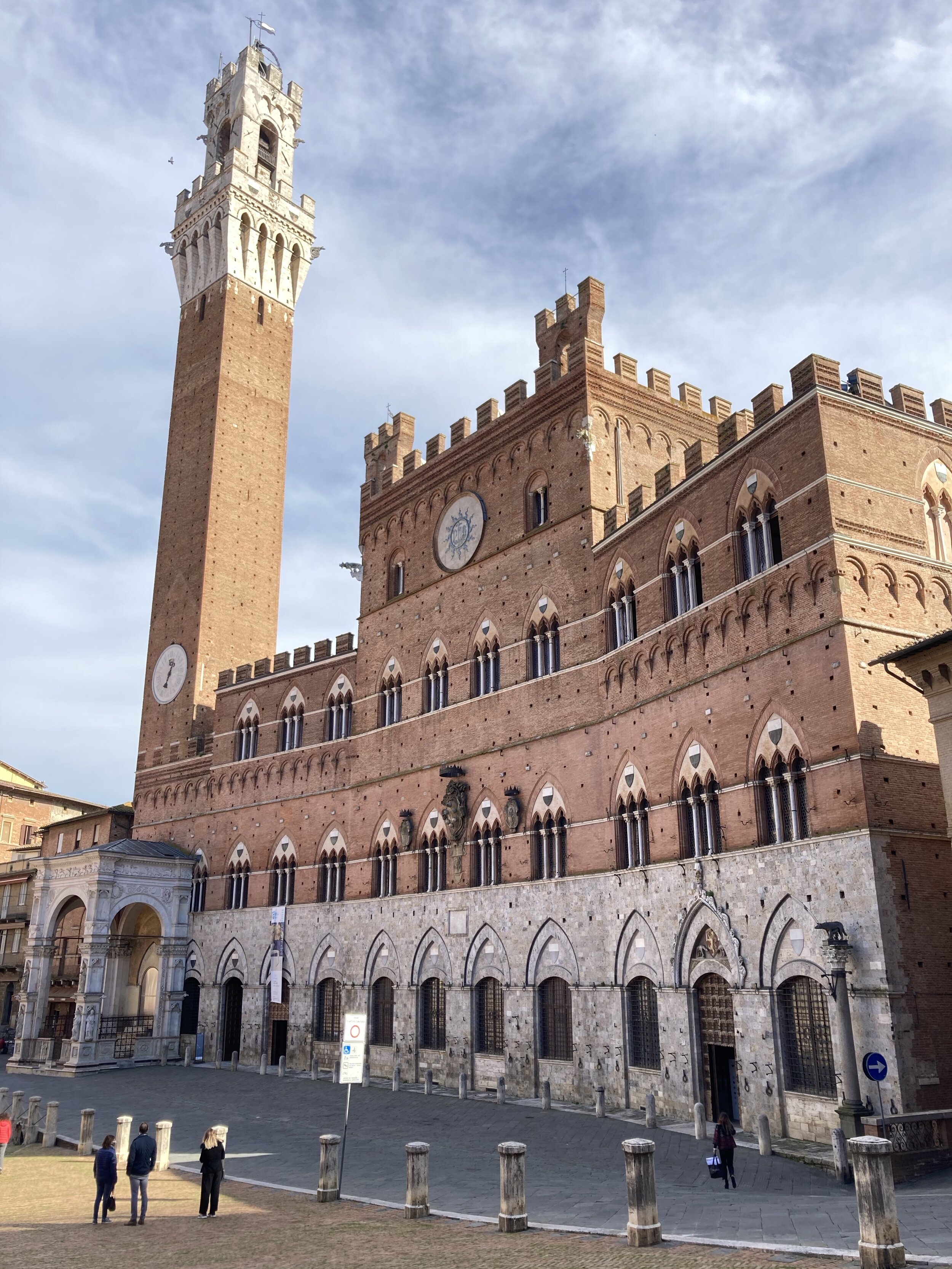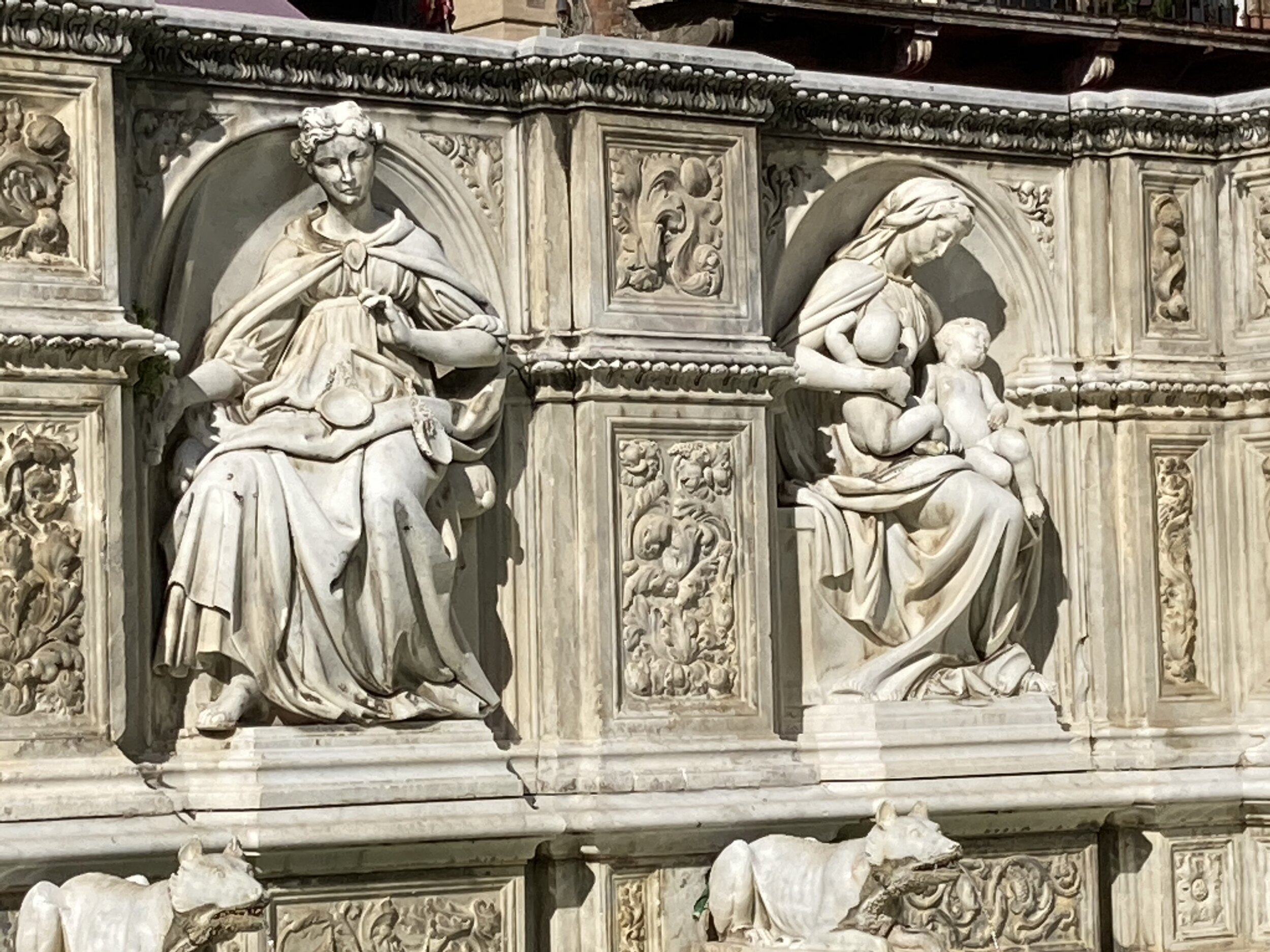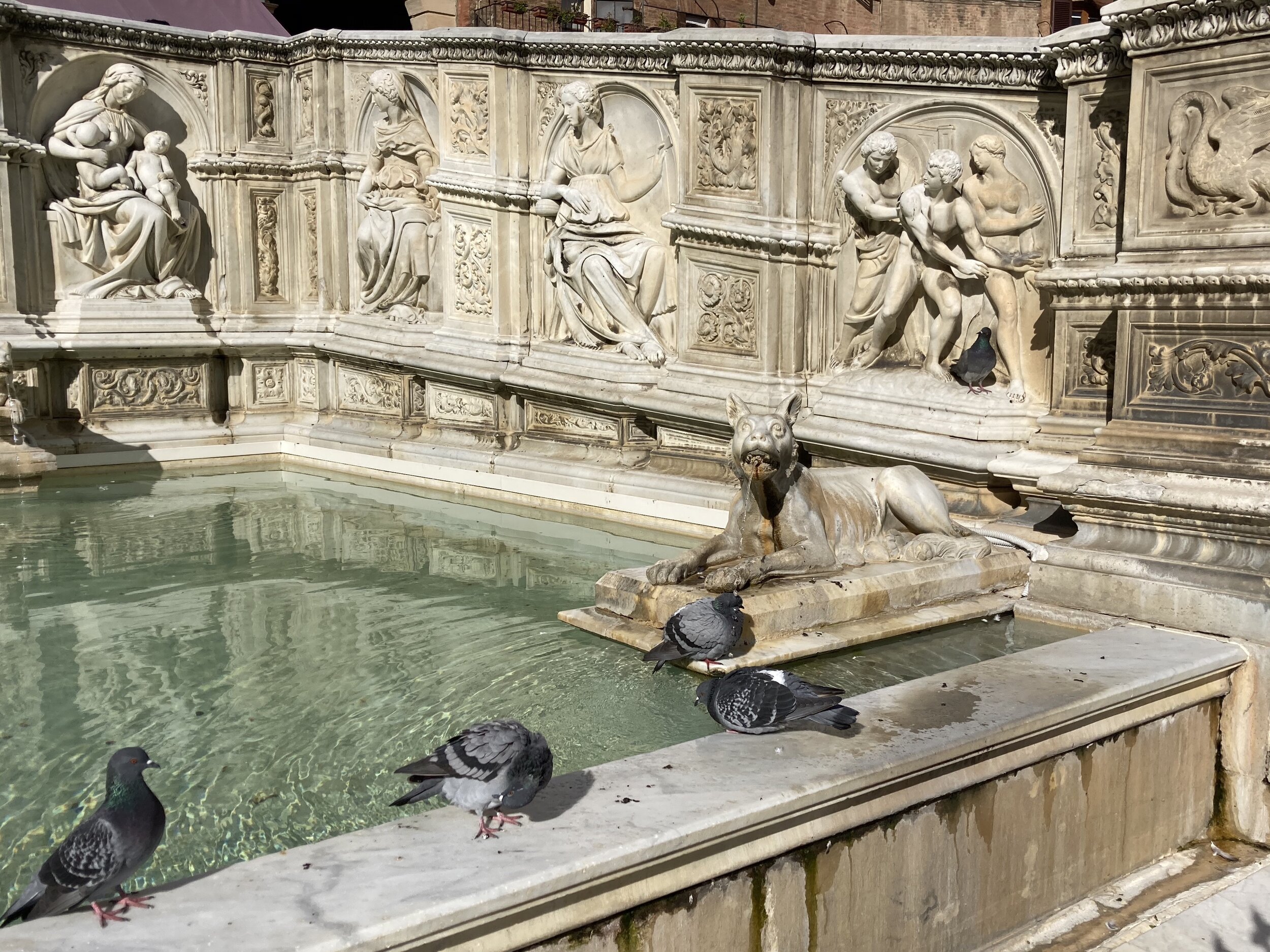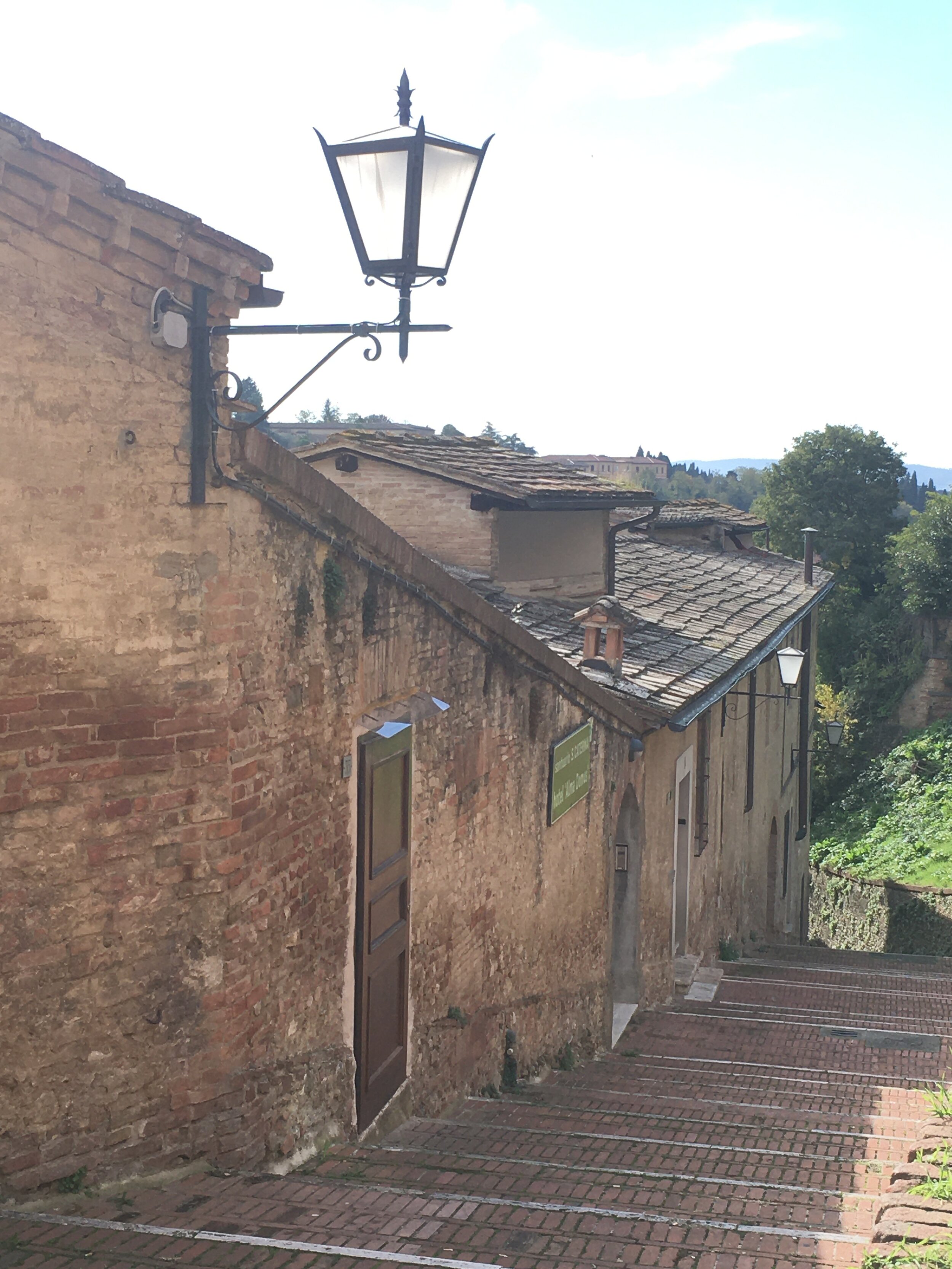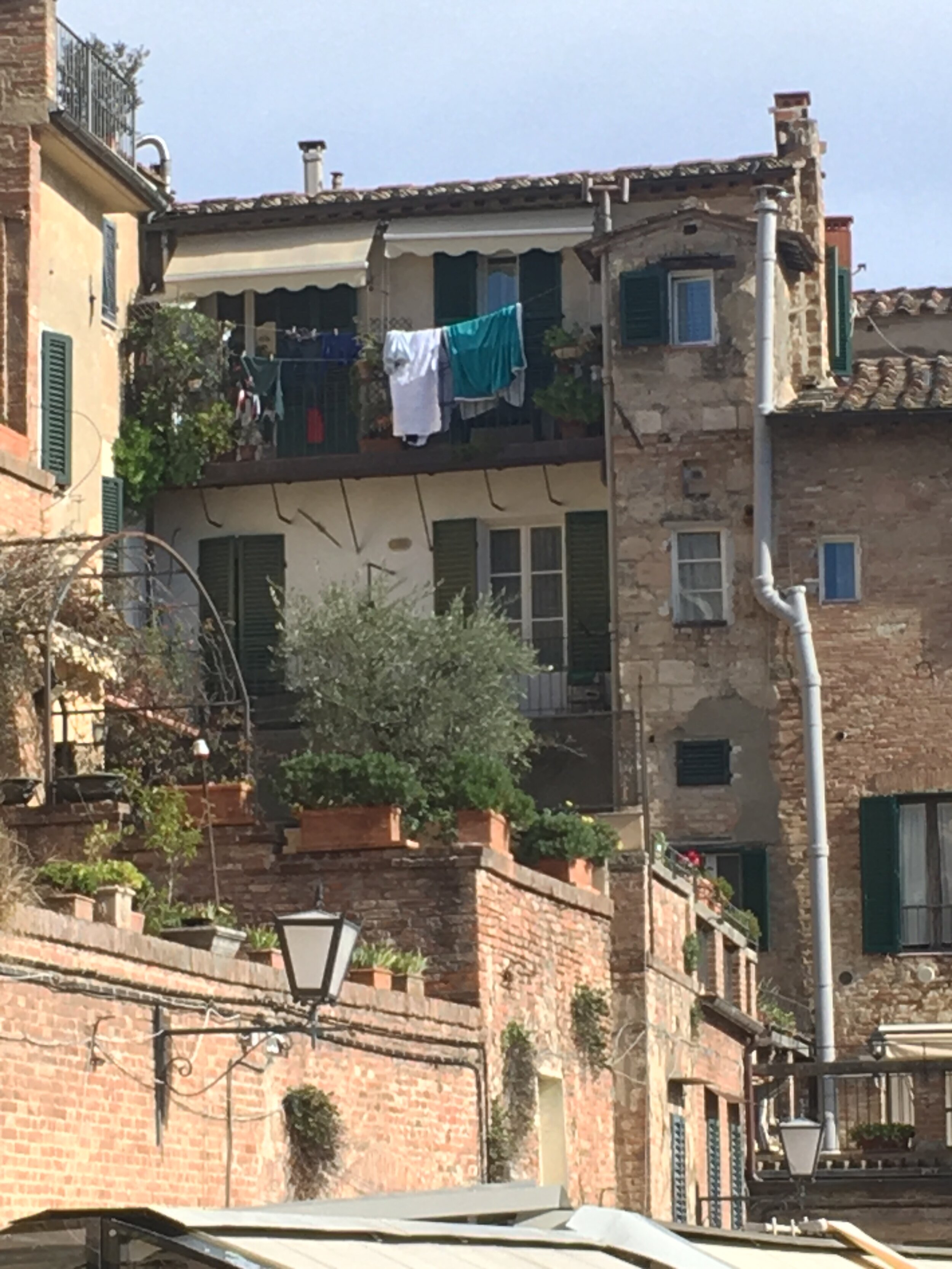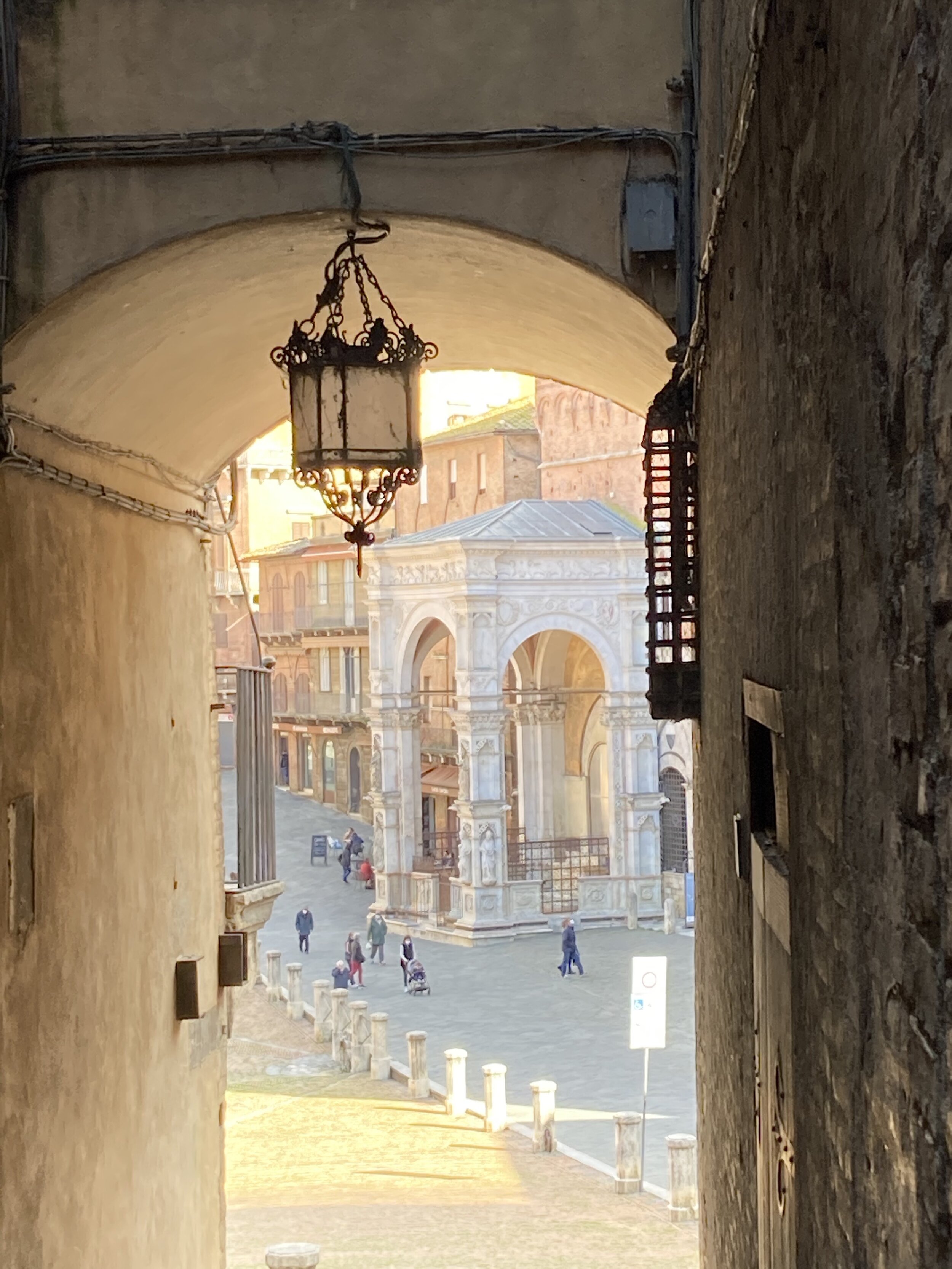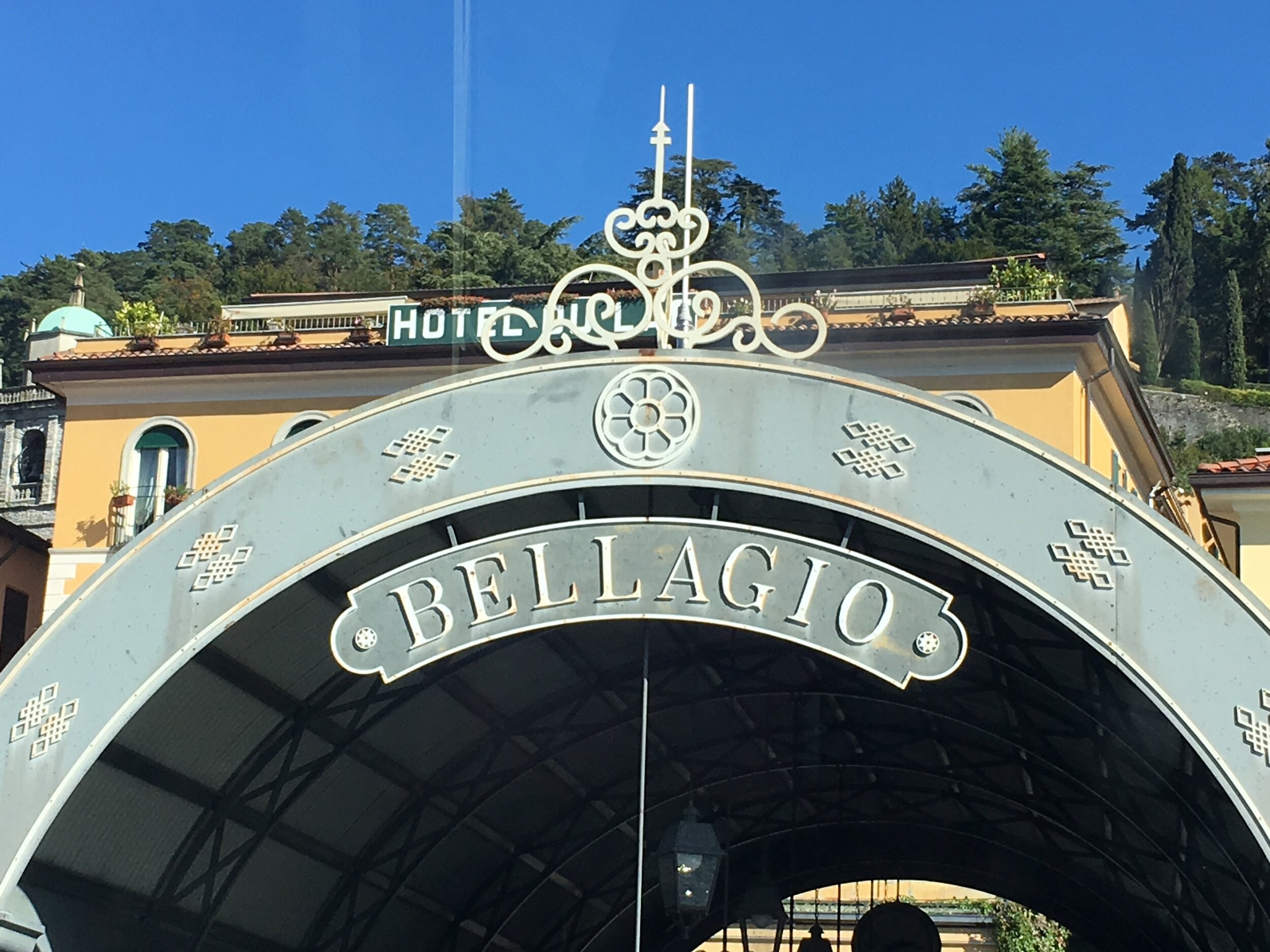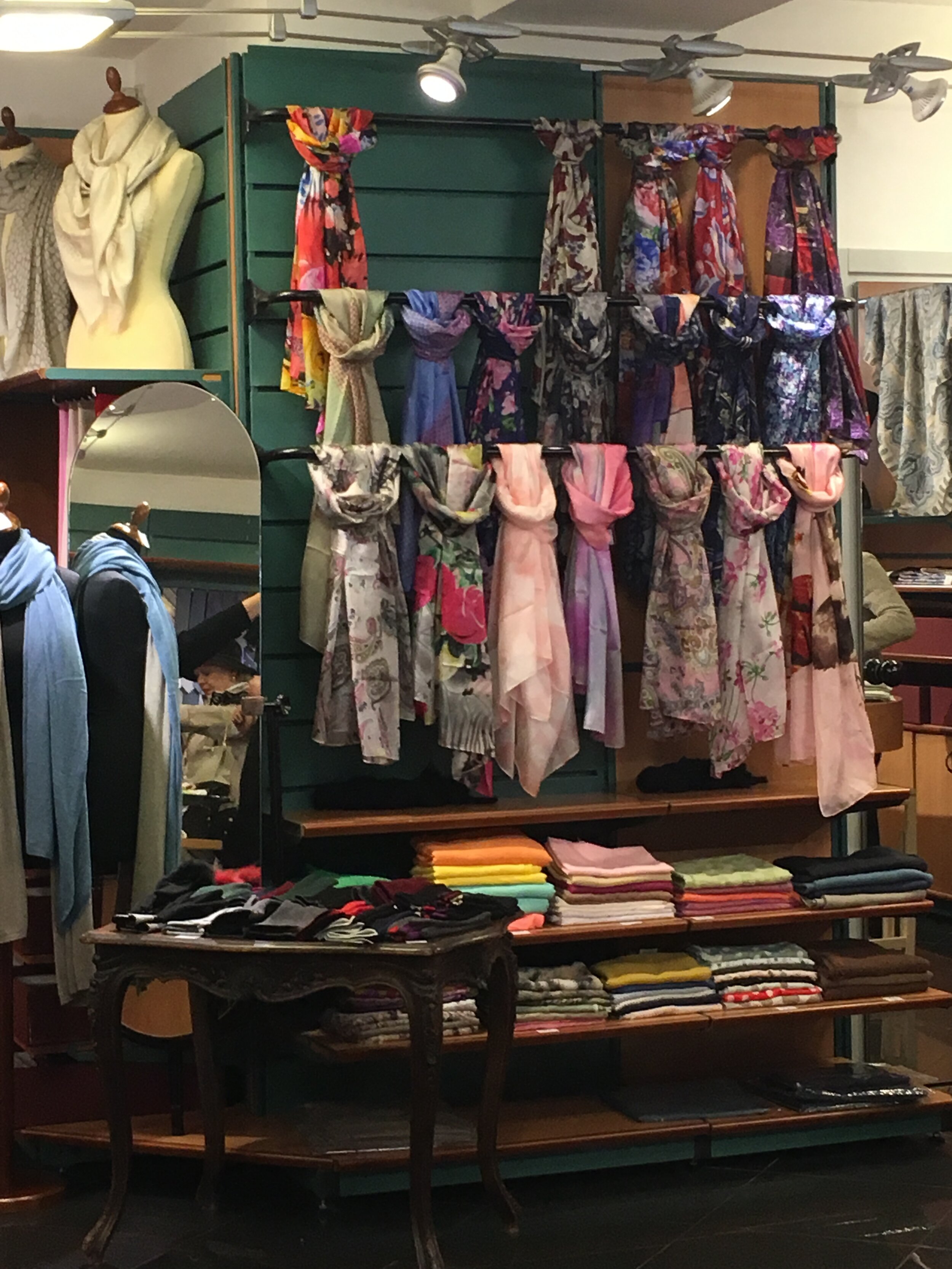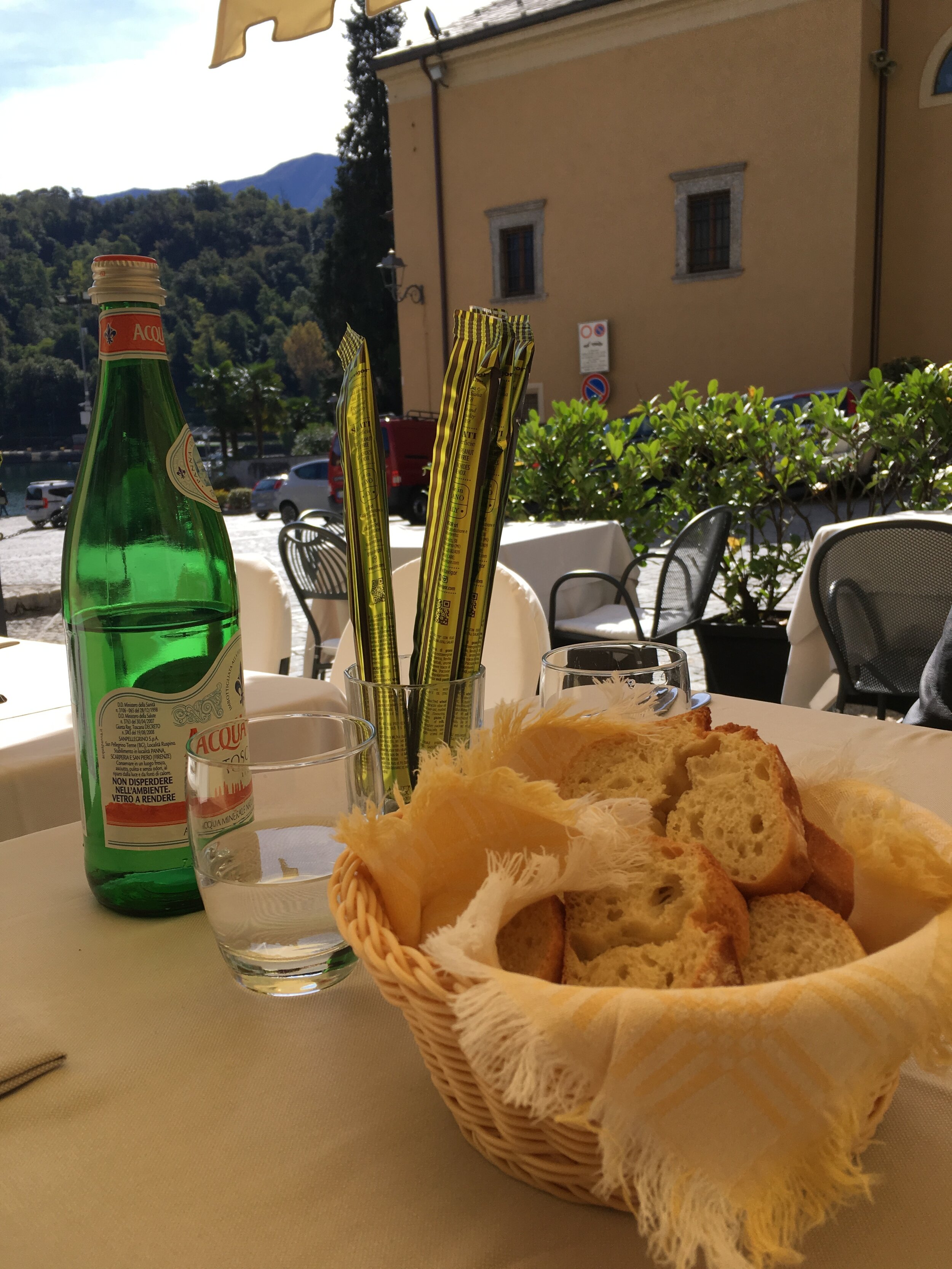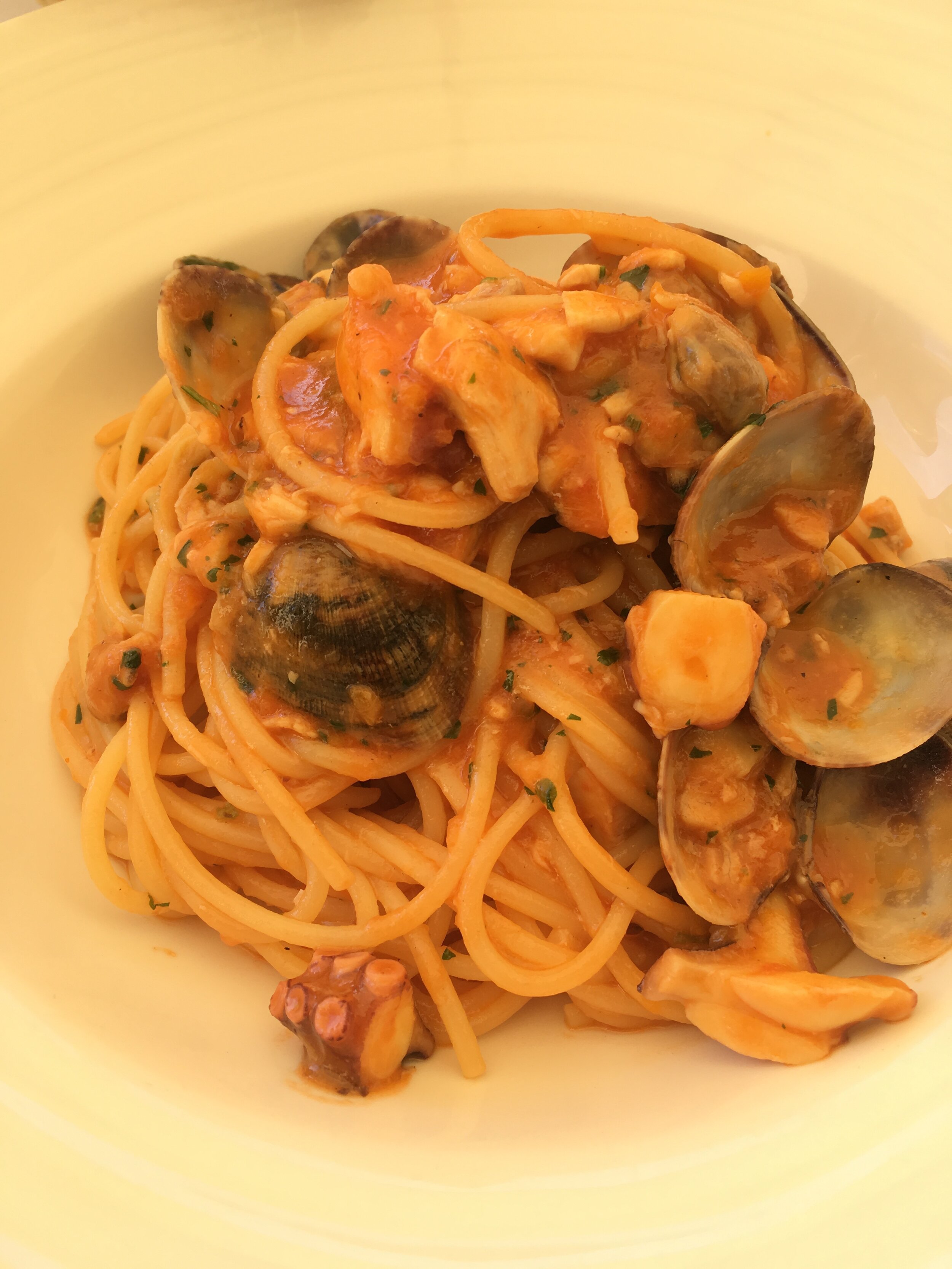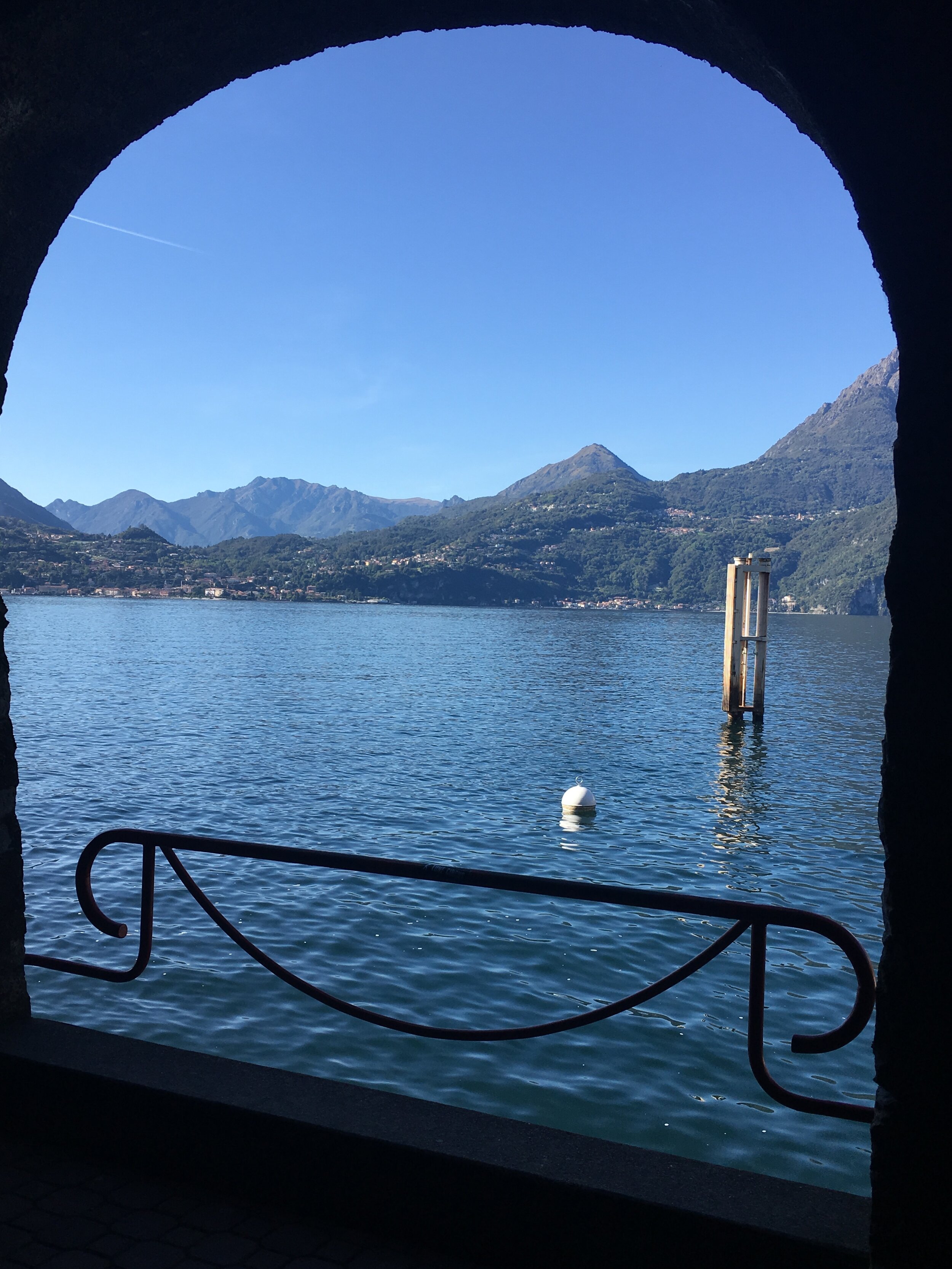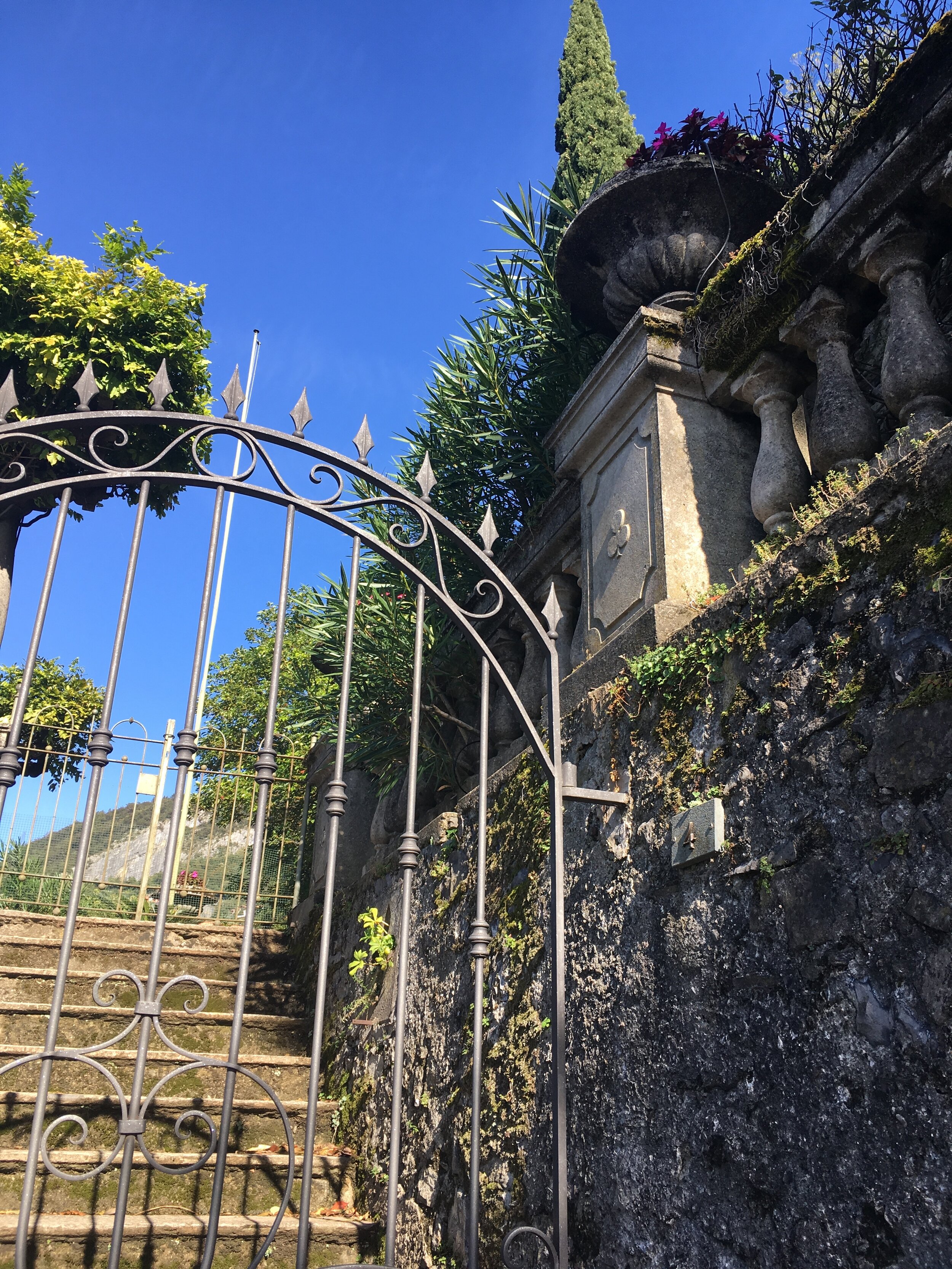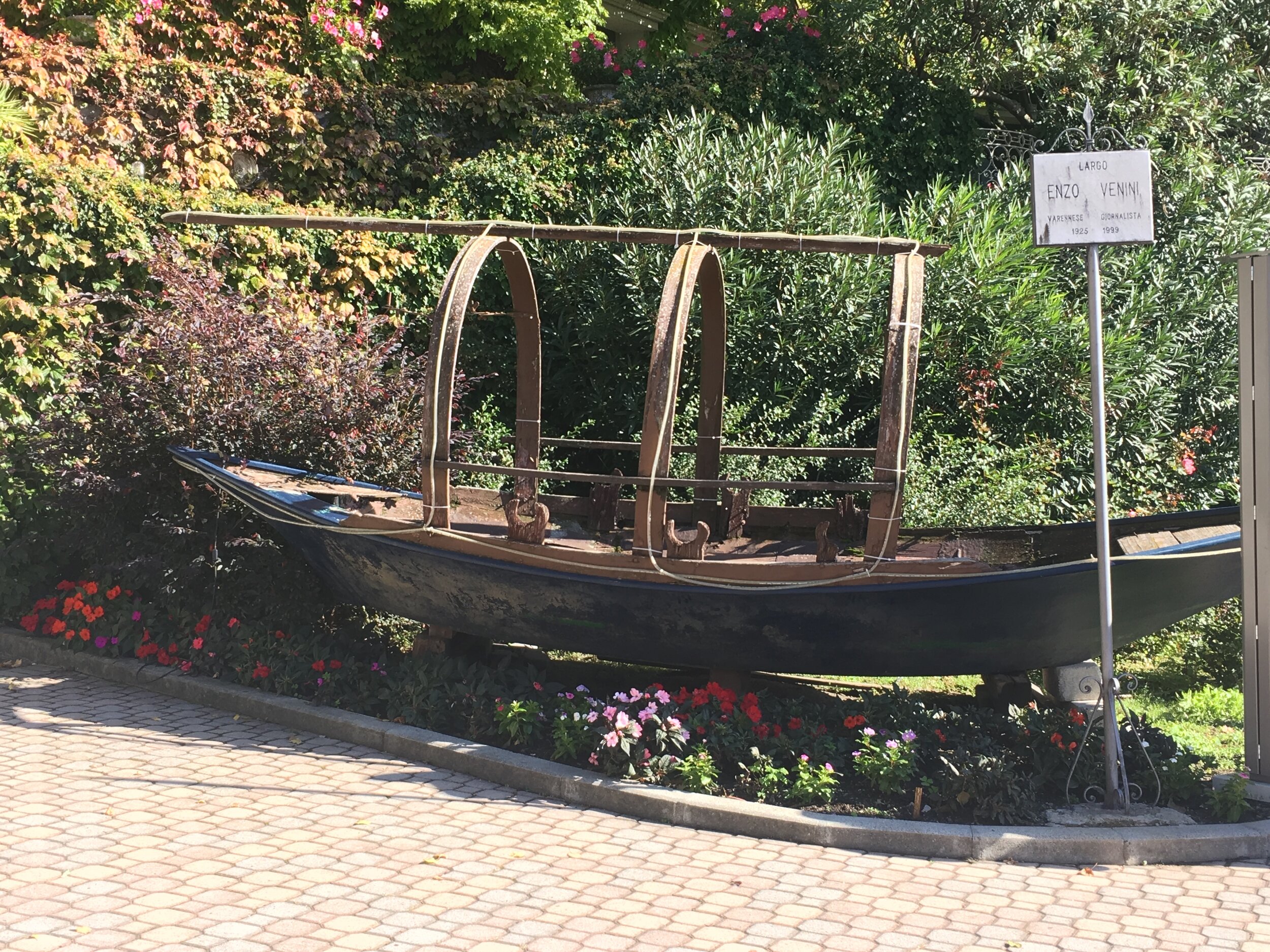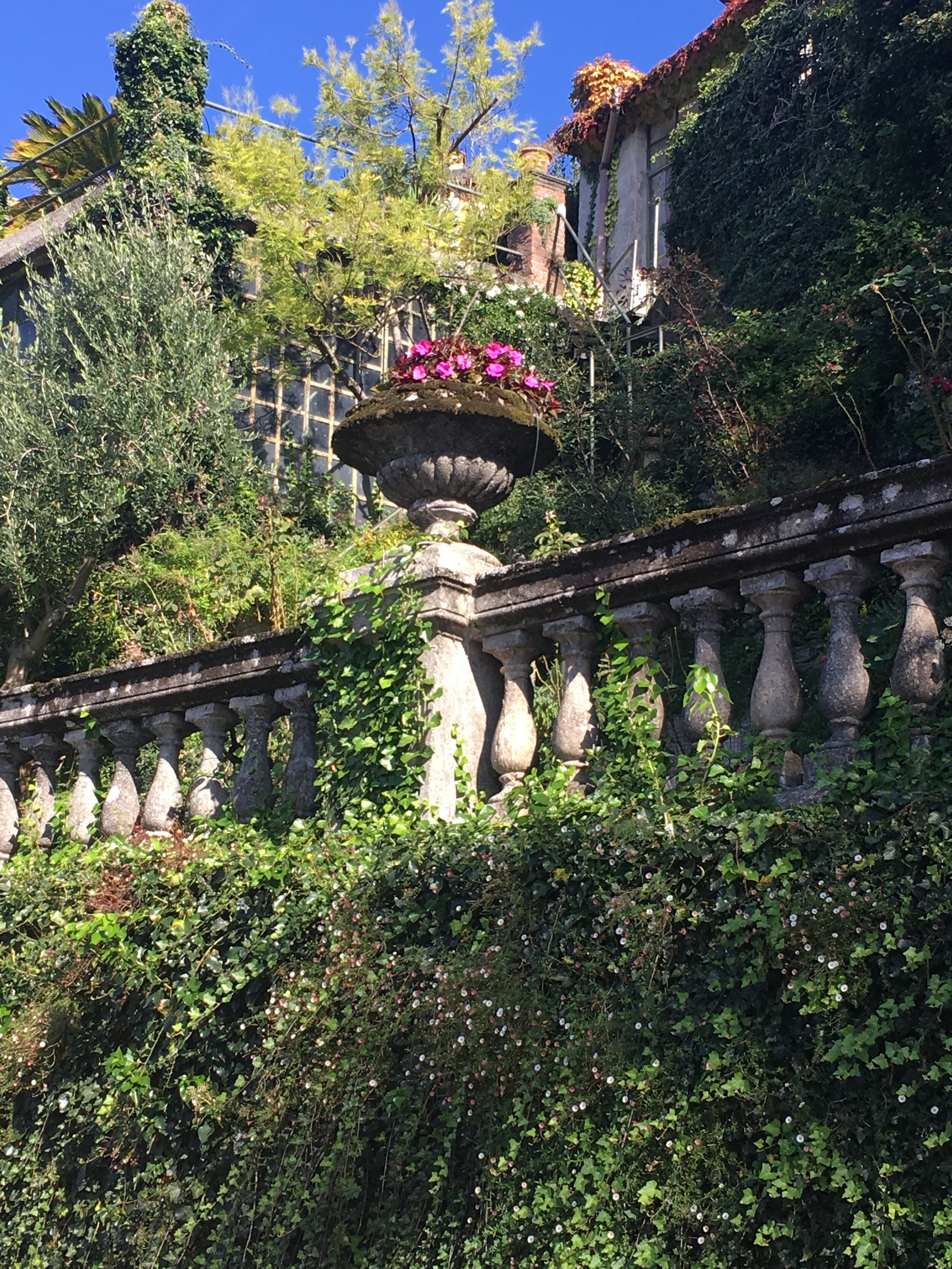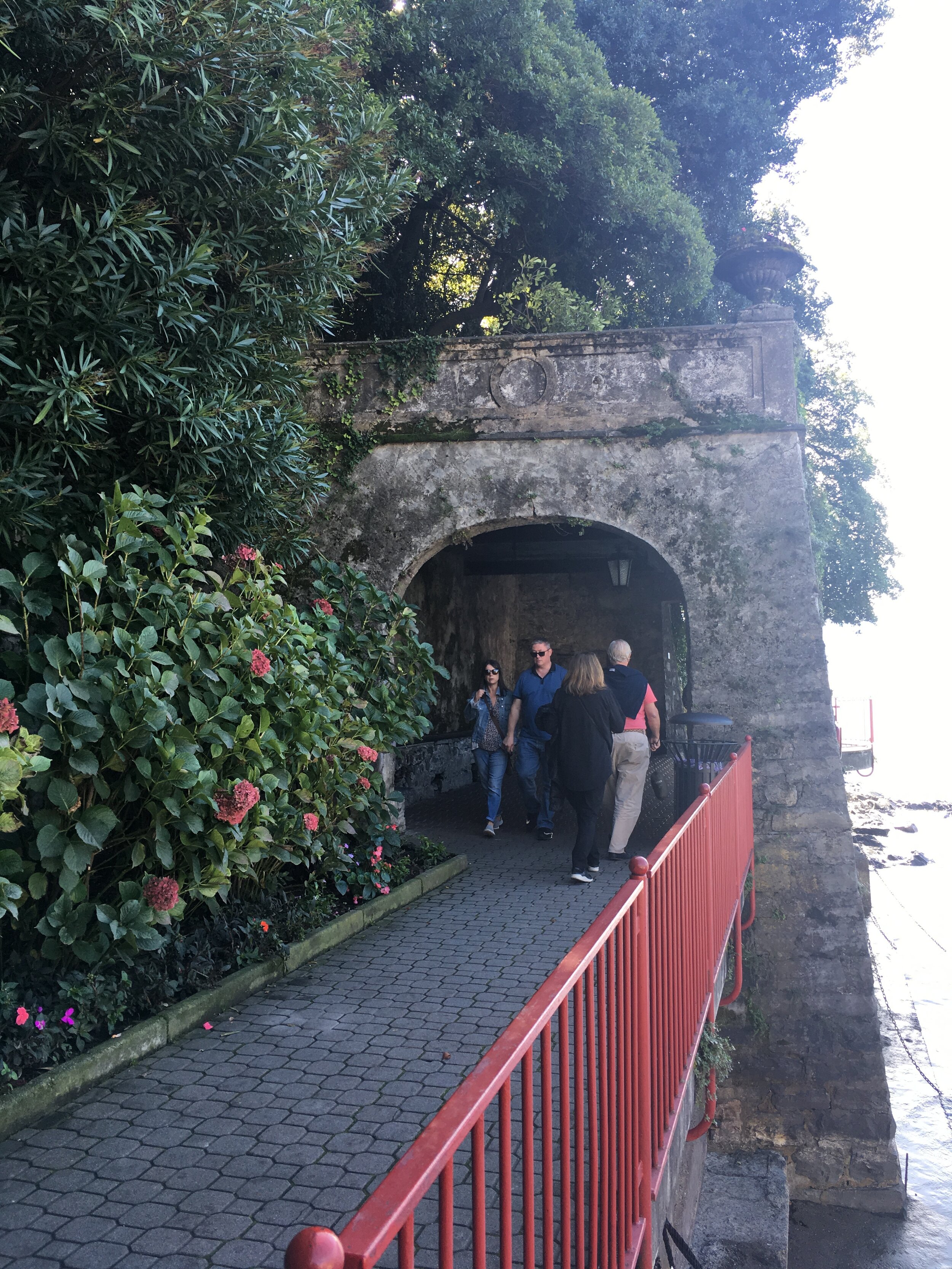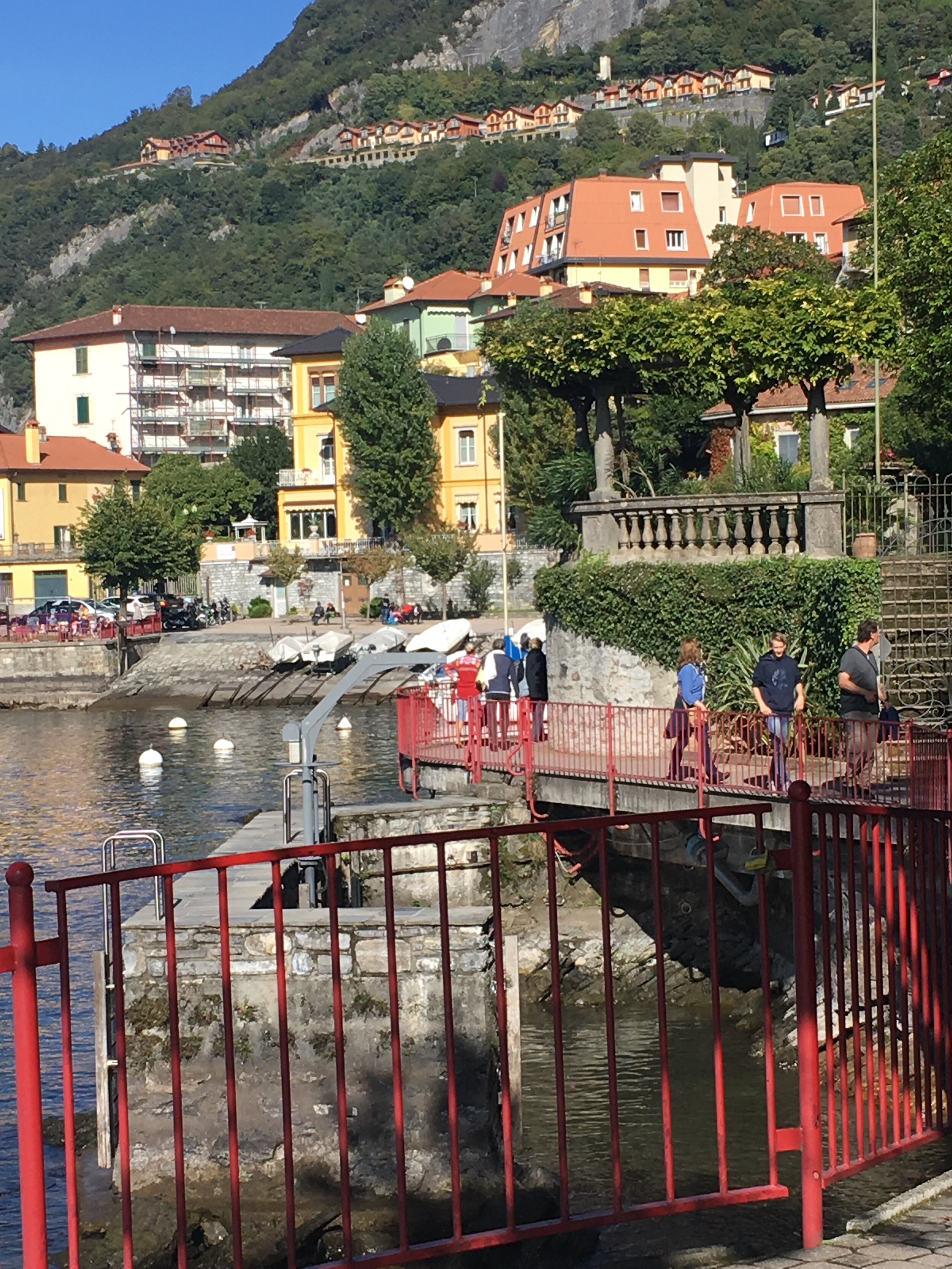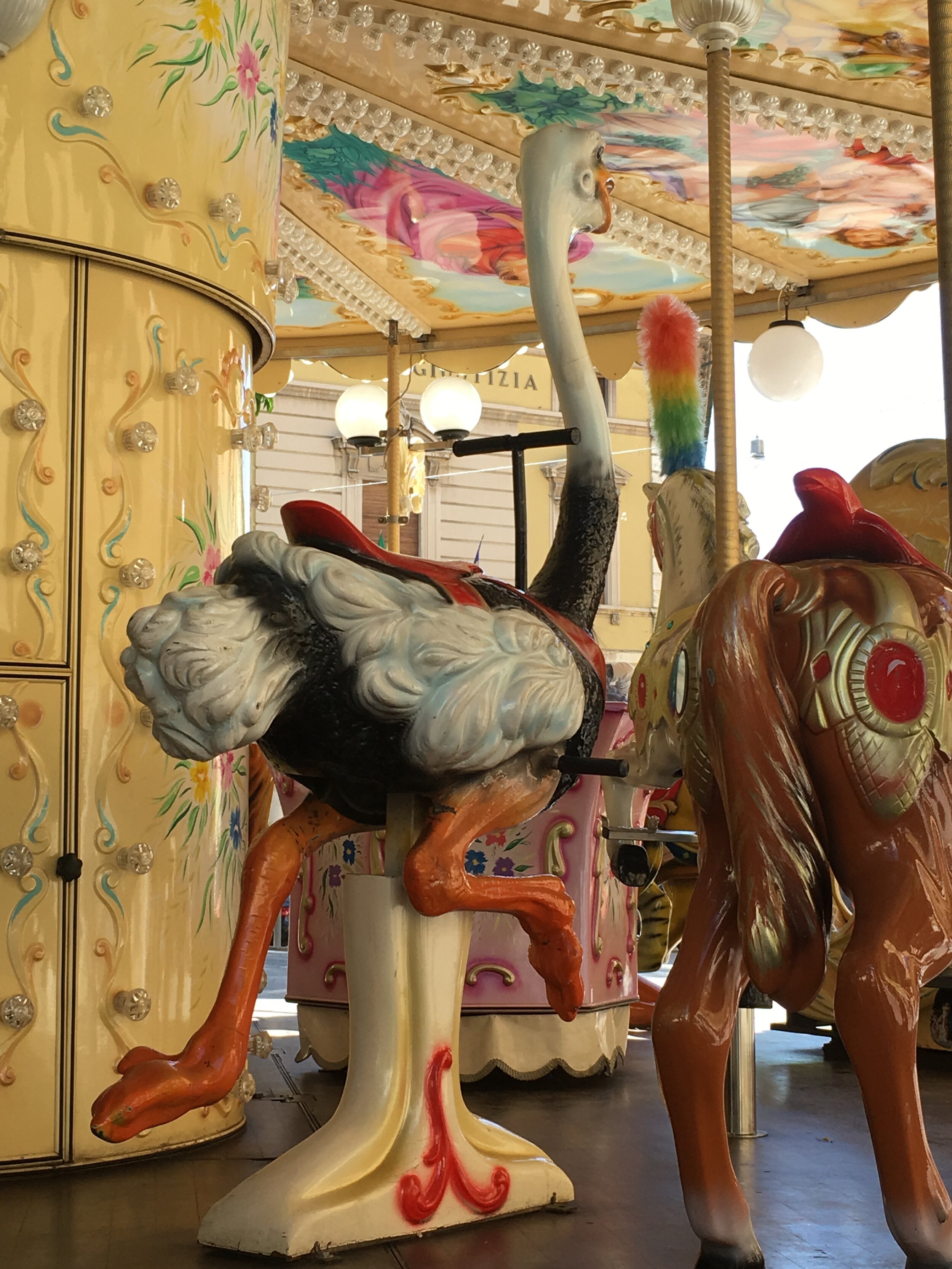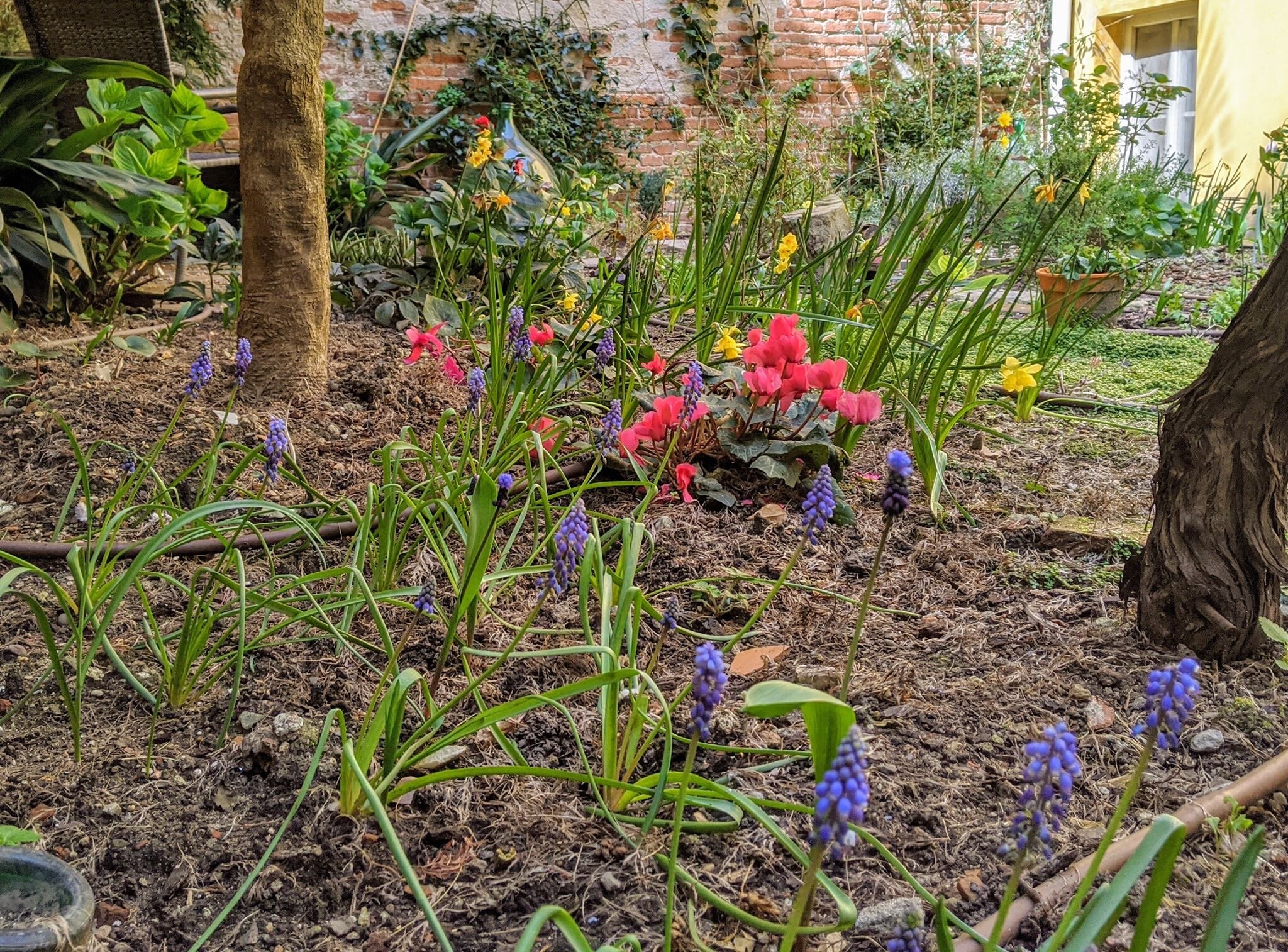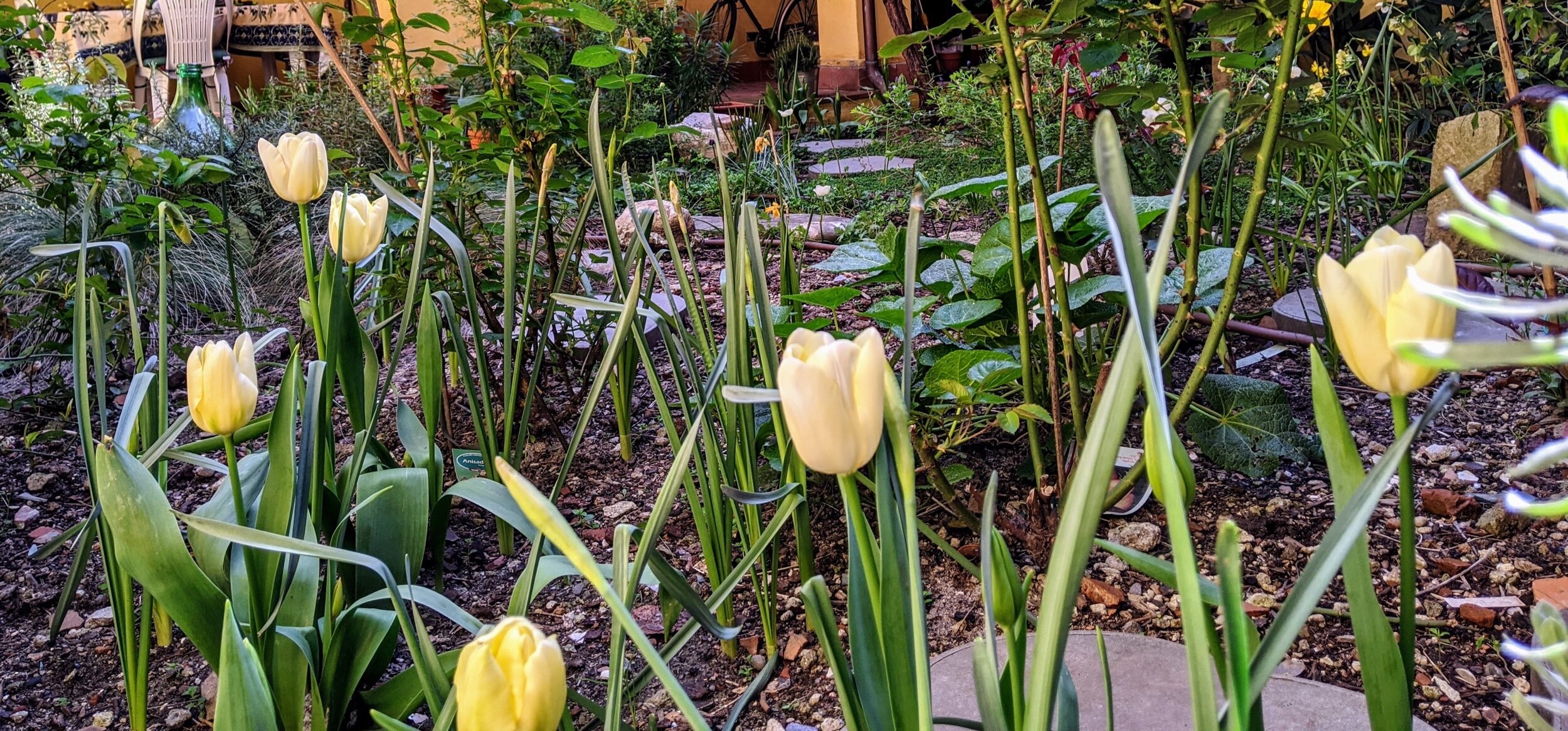Monticchiello: A Medieval Village in Tuscany
Italy is now struggling with a second wave of COVID-19 infections. Each week since the end of October seemed to bring a new governmental decree with tighter restrictions. As I write this, in mid-November, Tuscany has quickly progressed from the yellow zone (lowest risk) to the orange zone (moderate risk) and now to the dreaded red zone (highest risk). At present, travel outside of the comune (municipal area) of Lucca is forbidden except for urgent reasons. I was fortunate to be able to travel to the Val d’Orcia in south central Tuscany just before the current restrictions went into effect. Right now, such a trip would be impossible. So, while currently under lockdown in Lucca, over the next few weeks I will share glimpses into some of the small towns and hilltop villages I encountered during my week in the Val d’Orcia.
To begin this series, let’s start with a place that seems to come straight from the pages of a medieval story book, the fortress-like hamlet of Monticchiello.
Stone buildings line medieval streets in the fortified hamlet of Monticchiello
A bit of history: the settlement here is old - dating back to Etruscan times. The current fortress dates to the 1200’s. Today, Monticchiello is the most serene of places, but its history tells a different story. The fortress was part of the defenses of the Republic of Siena (long before there was a country called Italy) making it a 13th century pawn in the conflicts between Siena and Montepulciano. Later, control by Siena gave way to the power of the Medicis. Later still, Monticchiello became a part of the district of Pienza (1777) where it remains today.
Jump ahead to 1944 for some more recent history. During World War II, the area around Monticchiello was the site of conflict between the occupying German forces and the local partigiani (partisan fighters). In an act of reprisal for partisan activities, the German army entered the town and rounded up all the residents, intending to massacre them. In a fortunate turn of events, a young German woman, the wife of a local man, was among the villagers. She was able to convince the soldiers (with the help of the village priest) that the people should be spared. And so the citizens in Monticchiello that day survived the war.
The winding road up to Monticchiello
The approach to Monticchiello is up a winding, cypress lined road - the classic Tuscan landscape. On arrival, and before entering the walled village itself, is a scenic overlook with sweeping views of the valley below.
Monticchiello is a fortified village designed to keep invaders out. Entrance is through an arched opening in the fortress walls, the Porta Sant’Agata. The remains of two watch towers, one rising high and one which has lost its top, flank the archway (top photo). What lies inside is a picture perfect medieval village with sloped streets, stone buildings, open piazzas, steep steps leading up to houses, and pretty flower-filled windows and balconies. There are a couple of restaurants (including the well known La Porta with fantastic views over the valley from its outdoor terrace) as well as small shops and galleries (most closed on this visit, due to the impact of COVID). Of course, there are churches to visit and a museum dedicated to the local theater company.
Beautiful stone buildings are found throughout Monticchiello
Monticchiello is so perfect that is almost looks like a movie set. In fact, it has been often been used in movies, most recently the film “Made in Italy” starring Liam Nelson which was filmed in and around the village. The residents here (only about 200 in number) show great pride in the village, which is spotlessly tidy and full of colorful plants and flowers.
This is a quiet place and definitely not a tourist hotspot. Many who do visit come in the summer for the Teatro Povero, which is unique to Monticchiello. The Teatro Povero (Poor Theater) began here in the 1960’s, an era when the local way of life was in the middle of dramatic transformation. In post-war Monticchiello the agricultural tradition of share-chopping was fading away, people were moving to the cities for work, the economic and societal changes were dramatic. The theater, in which a play is produced based on a theme of current local importance, has involved the community in a type of public self-reflection and expression for more than 50 years. The theme is chosen by the local theater group, the play is written, directed, and acted by locals . One play is produced each year and presented as an outdoor event during July and August. A 2017 documentary film, Spettacolo, tells this story beautifully and insightfully.
Monticchiello may be off the beaten track but that is exactly what makes it so magical! Stopping here gives a glimpse of life in medieval Italy, a chance to walk the steep streets of a fortified village, a taste of the spirit of an authentic hilltop hamlet, and amazing views. And if, like me, you find Italian doors and windows fascinating, then Monticchiello is your kind of place.



